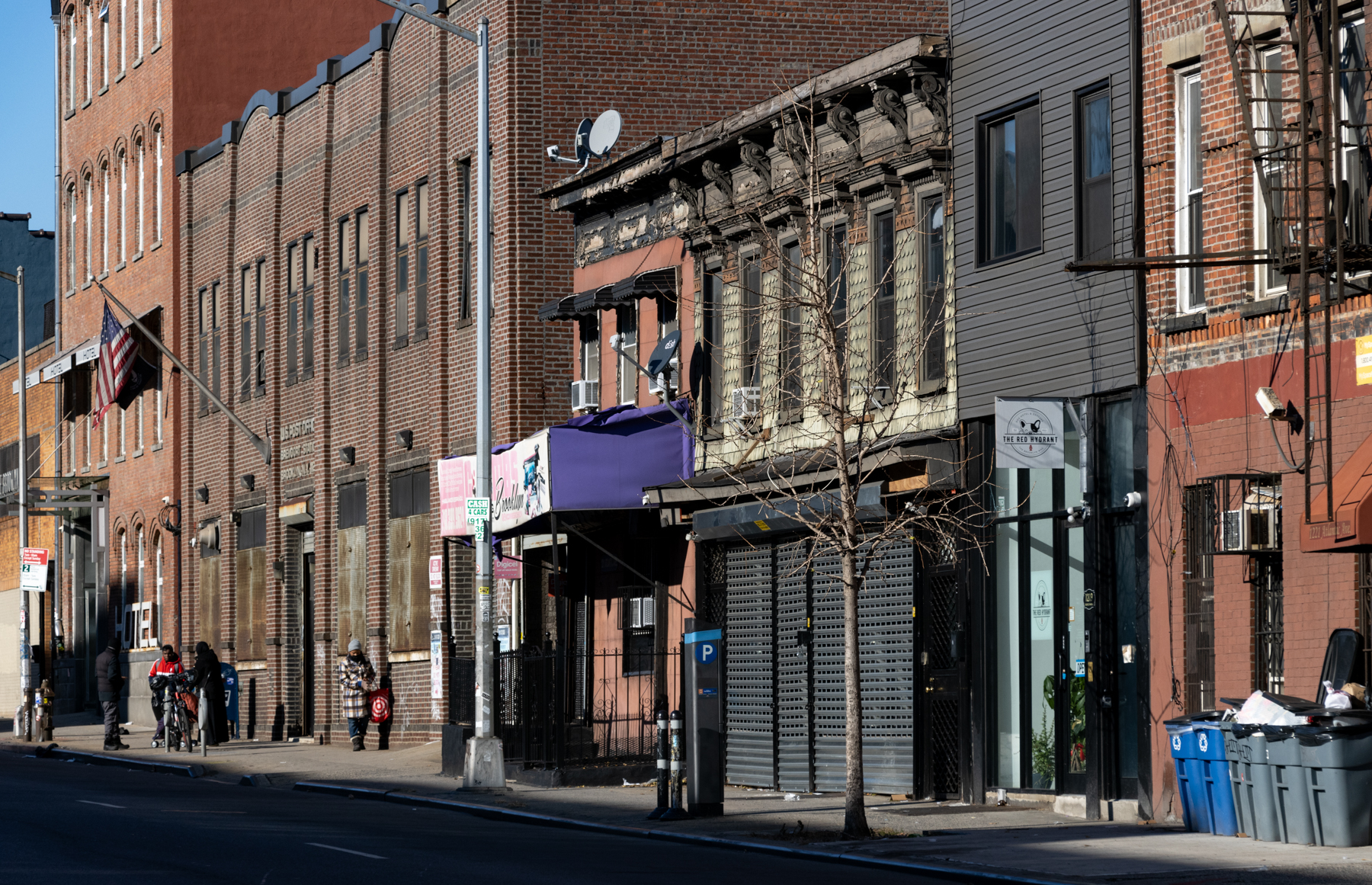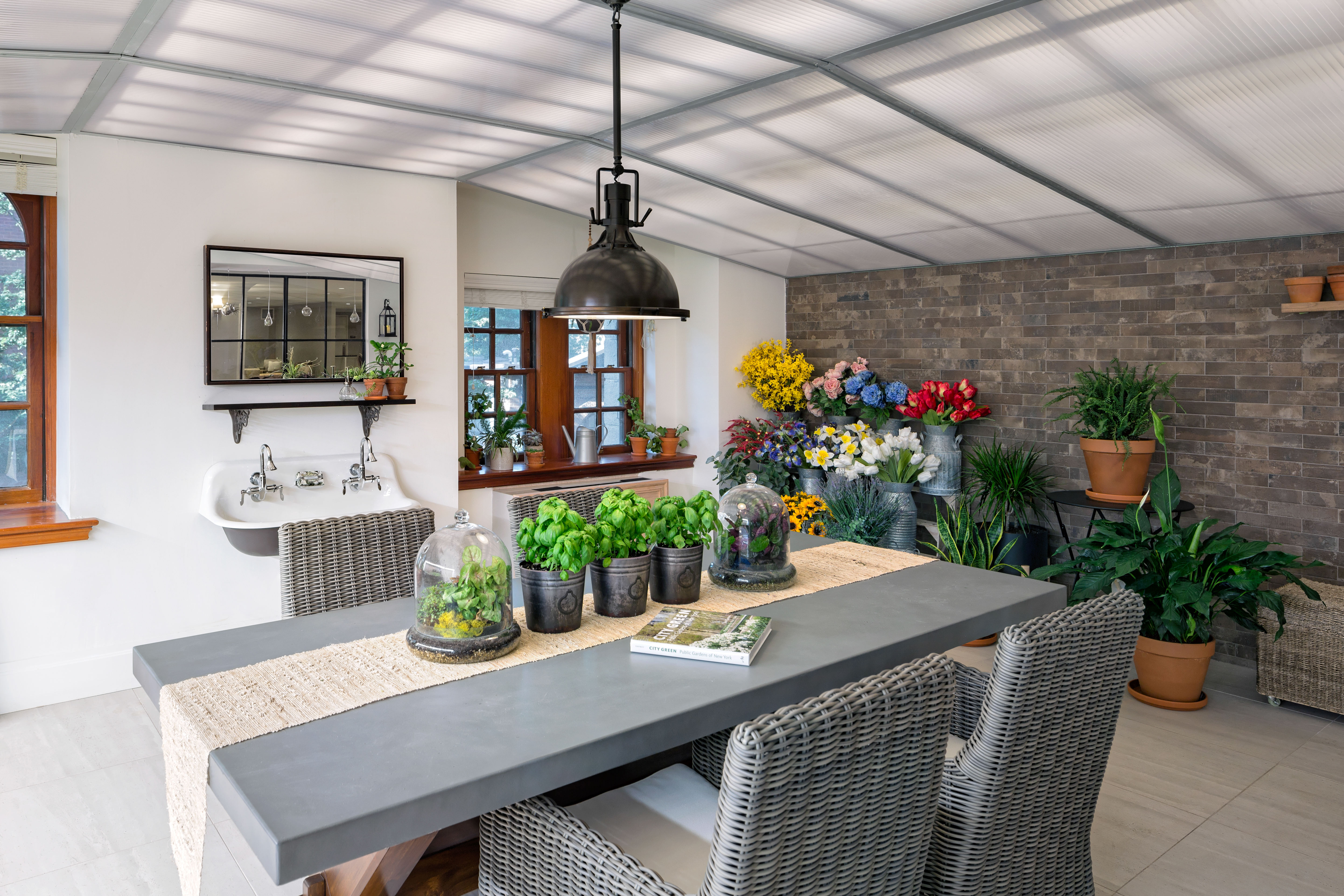Walkabout with Montrose: Terra Cotta Delights
Longtime Brownstoner community member and local architecture buff Montrose Morris (well, that’s her online name anyway) starts her regular column this week in praise of terra cotta. One of my favorite features of New York’s 19th and early 20th century architecture is the use of terra cotta and carved stone ornament. In Brooklyn, this ornament…


Longtime Brownstoner community member and local architecture buff Montrose Morris (well, that’s her online name anyway) starts her regular column this week in praise of terra cotta.
One of my favorite features of New York’s 19th and early 20th century architecture is the use of terra cotta and carved stone ornament. In Brooklyn, this ornament is everywhere. Terra cotta can be natural brick, limestone white, or glazed in brilliant colors.
Most of the terra cotta found in NYC was manufactured in Long Island City, Staten Island and New Jersey. Excellent public examples are BAM, the Montauk Club, and the Masonic Temple in Clinton Hill.

On our rowhouses, this fanciful ornament is seen in the corbels of a classic Italianate brownstone, and the ornate exuberance of the Queen Anne, Neo Gothic and Renaissance Revival styles. Portraits, animals, florals and Celtic knots abound.
Some are terra cotta, many in carved stone, all are made by anonymous carvers of great skill. After the Art Deco period, design sensibilities turned to stark Modernism. Many row houses lost their ornate facades, and many public buildings were torn down, their grotesques and foliate panels saved only by salvage companies and preservationists.

Fortunately, we’ve now come full circle, and these works of art are again appreciated for their beauty, and those buildings that feature them are being preserved for future generations. Explore your neighborhood, this art is all around you.
If you enjoy the examples above, please check out more examples in my Flickr set. All photos were taken in Crown Heights and Bed Stuy.







[Photos by Suzanne Spellen]









Well let me be the last to congratulate you! Sorry- I was away and didn’t get to see this till tonight. about damn time I say!!
This is wonderful, looking forward to reading future articles. I vote for longer as well. The Brooklyn Historical Society building is incredible. Really amazing.
Thanks, Montrose. Great stuff and keep it up. IU agree you should be able to write at greater length. Brownstoner needs more of this for the many of us who get off more on the architecture, history and neighborhood vibe than the endless — and increasingly empty — discussions of the price of local RE.
MM I shared this article with the young Architects at my firm. They loved it! Good job.
Bob–you rock too. No reason why MM has to be exclusive. Plus she may want to shoot them herself anyway. But as a neighborhood chronicler you are top notch!
Many people don’t know that there are a lot of great examples of terra cotta facades and buildings in Jamaica, Queens. Check it out if you haven’t already.
Sam and Joe, I suspected as much, and therefore included “carved stone” in my text. The fact that such carved ornament was readily available, and probably pretty reasonable, still blows my mind. Most of the carvings are as fresh and as precisely detailed as the day they were installed. Can you imagine the cost of say, the foliate with the lion, for a bay, would be today?
I’ve been a Brownstoner reader for a while but I’ve rarely been moved to comment before today. I’ve always enjoyed Montrose’s level-headed and historically rich posts, so I’m ecstatic to hear about this new column. I’d like to echo the request for more social history and in-depth discussions on specific buildings, blocks, and their owners. This column’s an excellent addition to an already-impressive site. I hope the Grey Lady takes not–a community blog should excel at publishing intelligent, vibrant commentary on the defining characteristics of our neighborhood.
terra cotta can sometimes be very difficult to tell apart from carved stone. I have seen terra cotta with a speckled glaze that makes it look just like granite. Having said this, I am pretty sure that the pictures above, with the exception of the cartouche surrounded by leafy decoration, are of carved limestone, not terra cotta.